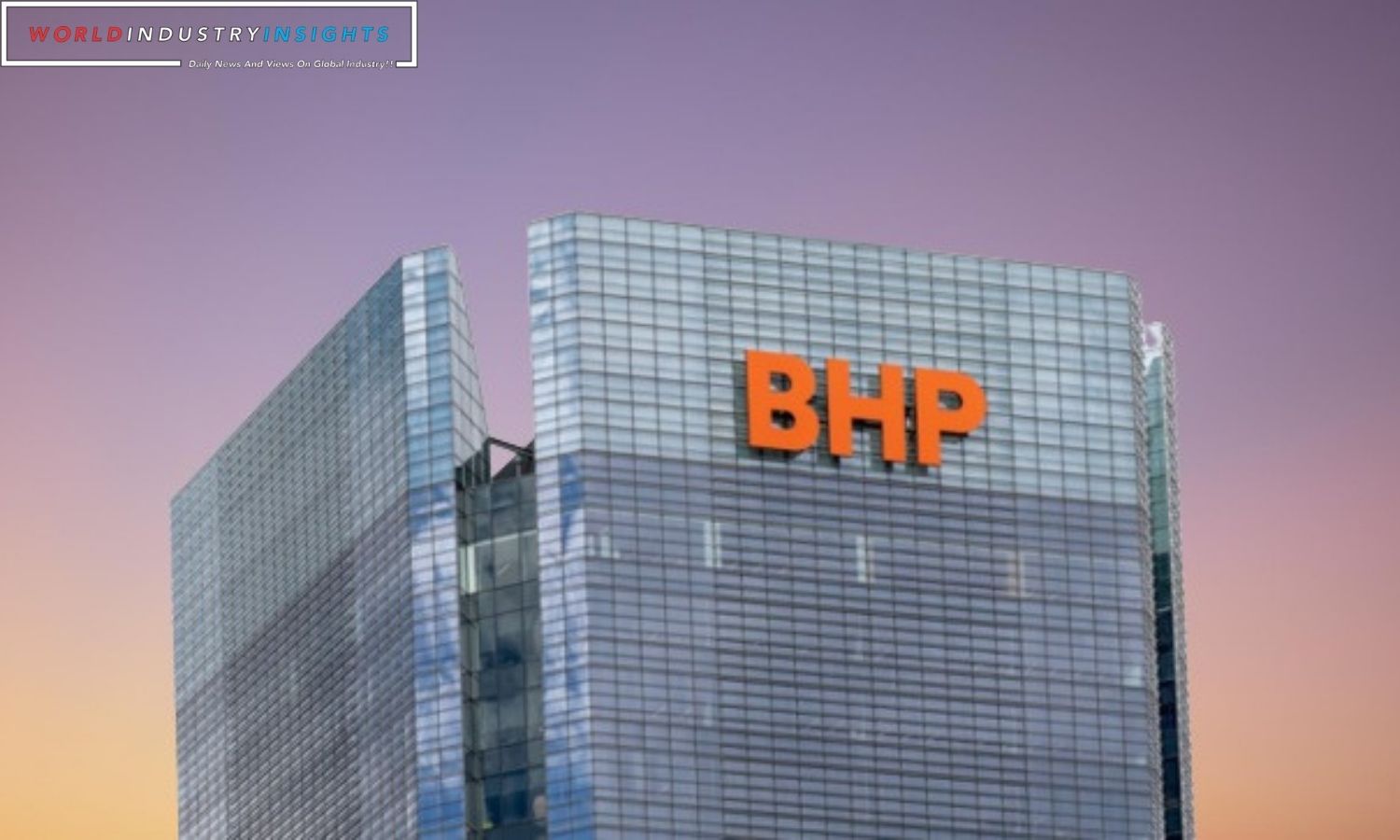BHP Group Analyzes China Economic Growth: The mining company BHP Group (BHP.AX) said on Tuesday that sectors of the massive Chinese economy are growing well. The corporation reported its lowest annual profit since 2020 in its most recent financial report. Even if the economy was weak, BHP said it was too early to gauge Beijing’s recent policy changes’ implications on the domestic market.
Mike Henry, the CEO, told the press about China’s non-new home building economy during an earnings call. This energy comes from expanding infrastructure, greening infrastructure, improving autos, and finalizing real estate developments.
BHP, the world’s largest mining firm, is closely monitoring Beijing’s intentions to accelerate homebuilding. This viewpoint illustrates how effectively the corporation understands the complex interplay between policy orders and socioeconomic conditions.
The second-largest economy in the world has slowed since growing again. The real estate market is still sinking, consumers aren’t spending much, and credit is declining, explaining this fragile rhythm. All of these adverse signals suggest that the government should release a deluge of policy stimulants to revive economic development.
BHP still expects China to produce more than a billion metric tons of steel for the fifth year in a row, despite lowering its growth prediction from 5.75–6.25% to 5%–5.5%. This long period of uninterrupted production is a small oasis in the worldwide market. While this is happening, Western demand for commoditized commodities is still recovering from interest rate hikes, which cloud its outlook.
BHP believes China and India will remain reliable markets for in-demand commodities despite uncertain projections about the developed world’s economy. BHP’s 2024 business objectives are still affected by long-term inflation. The company’s warning is accurate since it forecasts greater spending thresholds and mining expenses than before the outbreak.
BHP computed a final dividend of $0.80 per share, down from $1.75 per share the year before. The payout ratio is 59% because this dividend is falling.
Read More: Wells Fargo acquittal in Diversity Efforts Lawsuit San Francisco Court Verdict
The third-largest annual ordinary dividend the corporation has ever paid. Macquarie analysts projected a 65% payment, so this phased payout is surprising. BHP shares fell 1.2% to A$42.98 at lunchtime in response to this news.
The fiscal year that concluded on June 30 saw BHP’s underlying attributable earnings decline 37% from $13.42 billion. Rising expenses and a tightening Australian labor market produced this drop and wage tightening. This bottom result didn’t make sense compared to Refinitiv’s predictive system’s $13.89 billion projection.
Andy Forster, an experienced portfolio manager at Argo Investments, explained BHP’s financial situation, which included a disappointing profit and a payout that missed the clapping line. He expressed mild unhappiness with the company’s performance. This was underpinned by commodity prices’ sustained and healthy performance despite their decline. This was illustrated by iron ore prices rising even as prices fluctuated.
The company’s records show rising capital and development costs. It rose 16% in one year, bringing prices to $7.1 billion. Rising costs, which caused a 9% increase, shaped this financial story. BHP expects rising costs and $10 billion in the next two years.
The financial picture becomes apparent when BHP spends $1 billion annually to assist Oz Minerals, which it just bought. This investment fits the company’s strategic model, which includes expanding through Canadian initiatives like the Jansen potash mine. Jansen’s long-term objectives promise production by 2026. They also want to rush a final investment decision, which may happen this fiscal year.
BHP predicts that commodity base prices will rise as inflation continues. In this scenario, copper and iron ore prices are likely to rise from $80 to $100 per ton as inflation signs. BHP is the only Western Australian iron ore producer at $17.79 per ton. This distinguishes the company.
In 800 words, BHP Group’s financial tapestry reaches a symphonic finale. This story is a finely crafted mosaic. The story encompasses China’s diverse industries, worldwide market fluctuations, policy-reality conflict, and commodity strength. BHP remains the major character, standing at the crossroads of potential, problems, and time.


